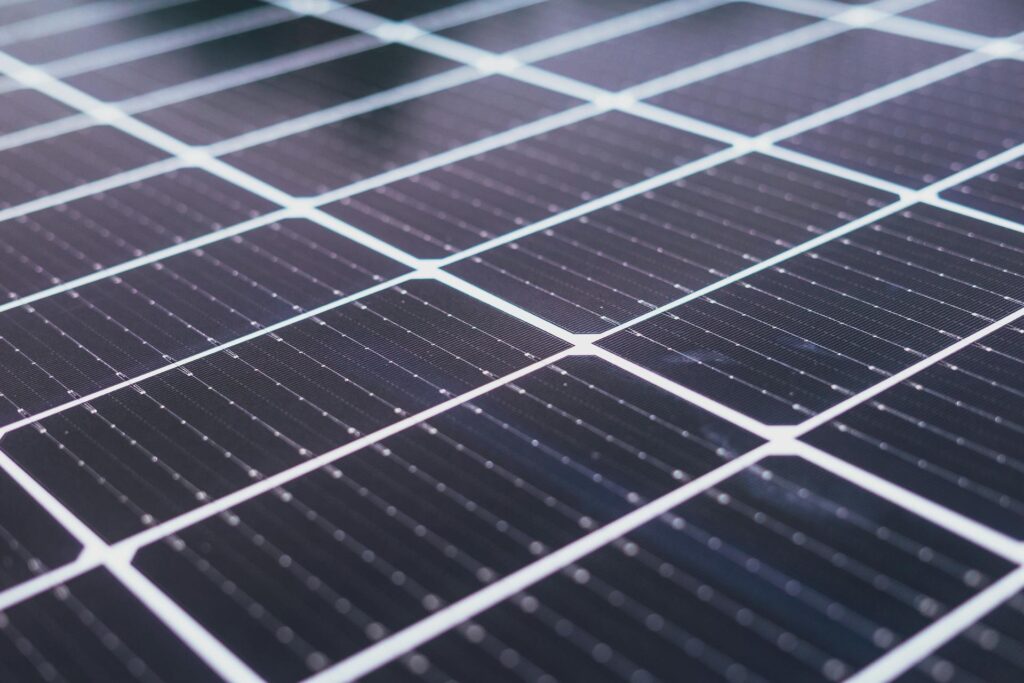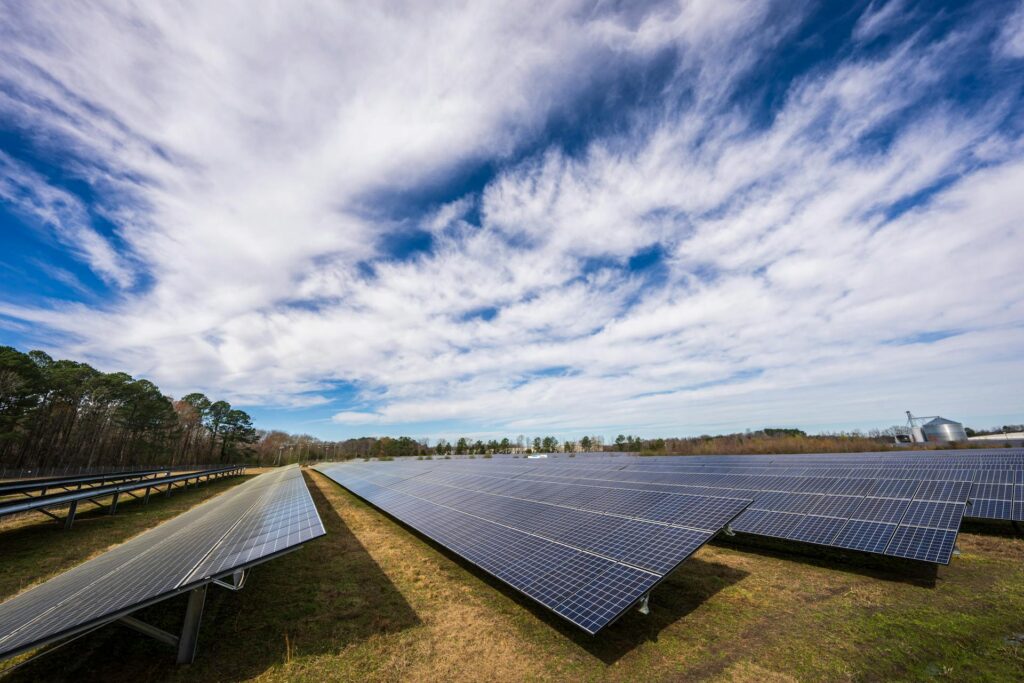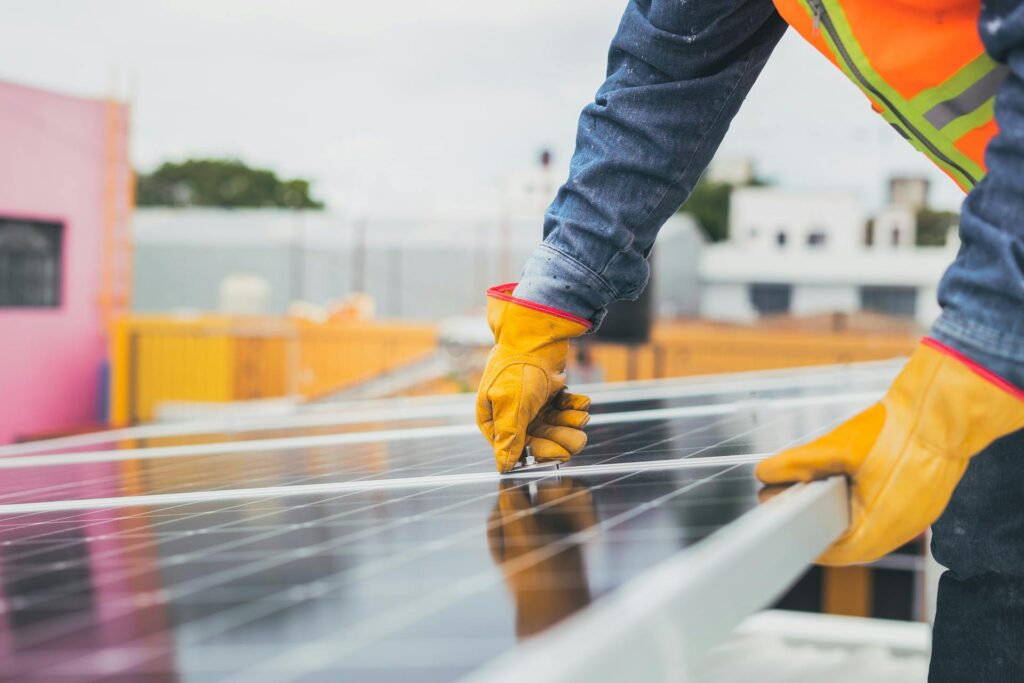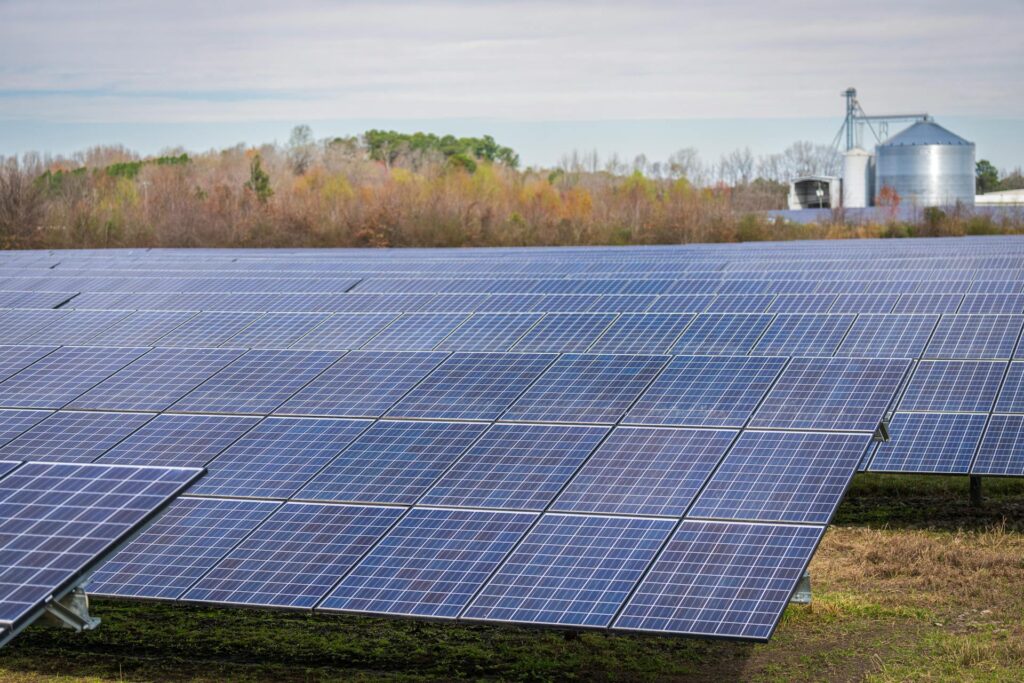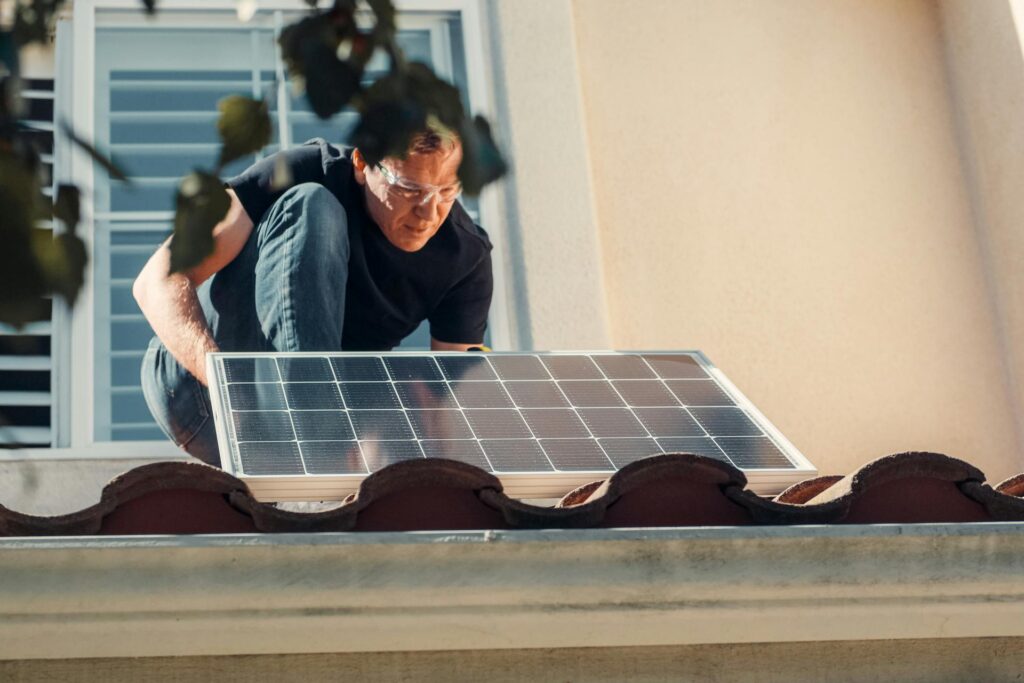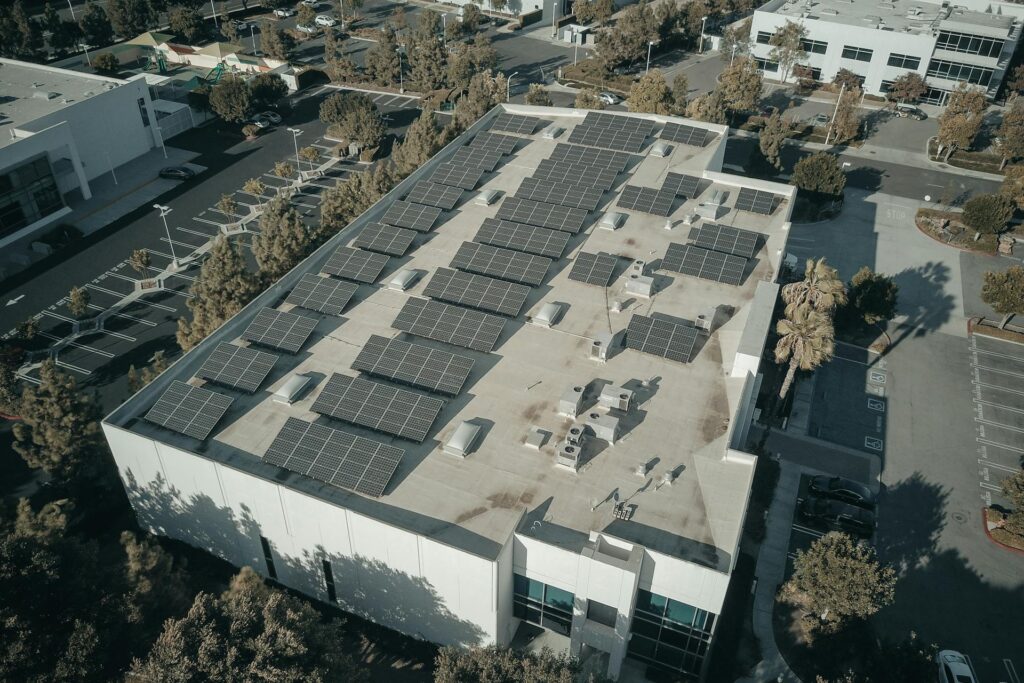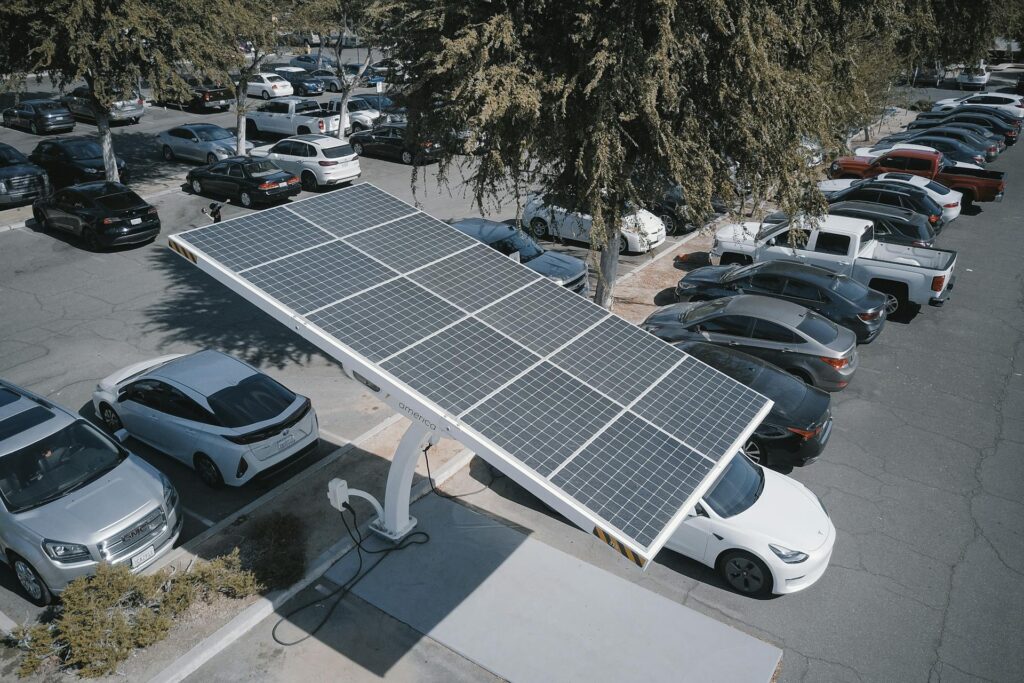Combining Solar with Other Renewables
To build a truly resilient and reliable renewable energy system, the integration of solar power with other renewable energy sources is essential. Hybrid renewable energy systems combine the strengths of different technologies, such as solar, wind, and energy storage, to provide a more consistent and dependable power supply. Solar power is intermittent, meaning its […]
Combining Solar with Other Renewables Read More »
